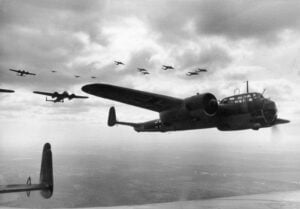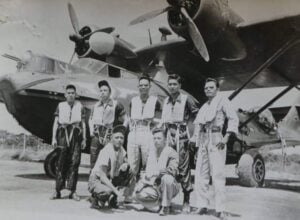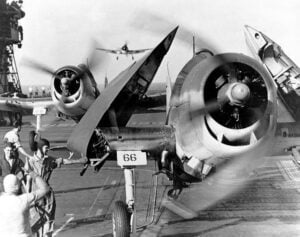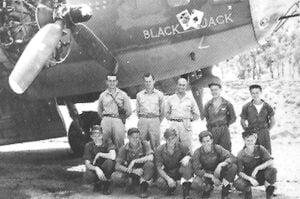How a Marine’s Crazy Aircraft Gun Modification Took Out 20 Japanese Soldiers Per Minute

Shape of War / YouTube
A Marine’s Obsession
In 1944, somewhere in the South Pacific, Sergeant Jack Hawk Harrison, a Marine known for his determination and ingenuity, grew frustrated with the standard aircraft guns in his squadron. Every mission felt like a gamble. Bullets missed their targets, enemy planes slipped past, and pilots returned to base empty-handed. Jack was not after medals or glory; he wanted precision. He studied every gun, every mounting system, and every aerial maneuver, determined to create something that could give the Allies an edge in the air.
The Browning M2s were reliable in theory but cumbersome in combat. Their rate of fire could not keep pace with the nimble Japanese fighters, which darted in and out of anti-aircraft fire. Jack’s peers considered his plans reckless. Yet he believed that a single Marine, equipped with a perfected gun, could make a difference. Working late nights in a cluttered hangar, he tinkered with springs, barrels, and feed systems. Sketches, notes, and diagrams covered his workbench, each one refining a design that could change aerial combat.
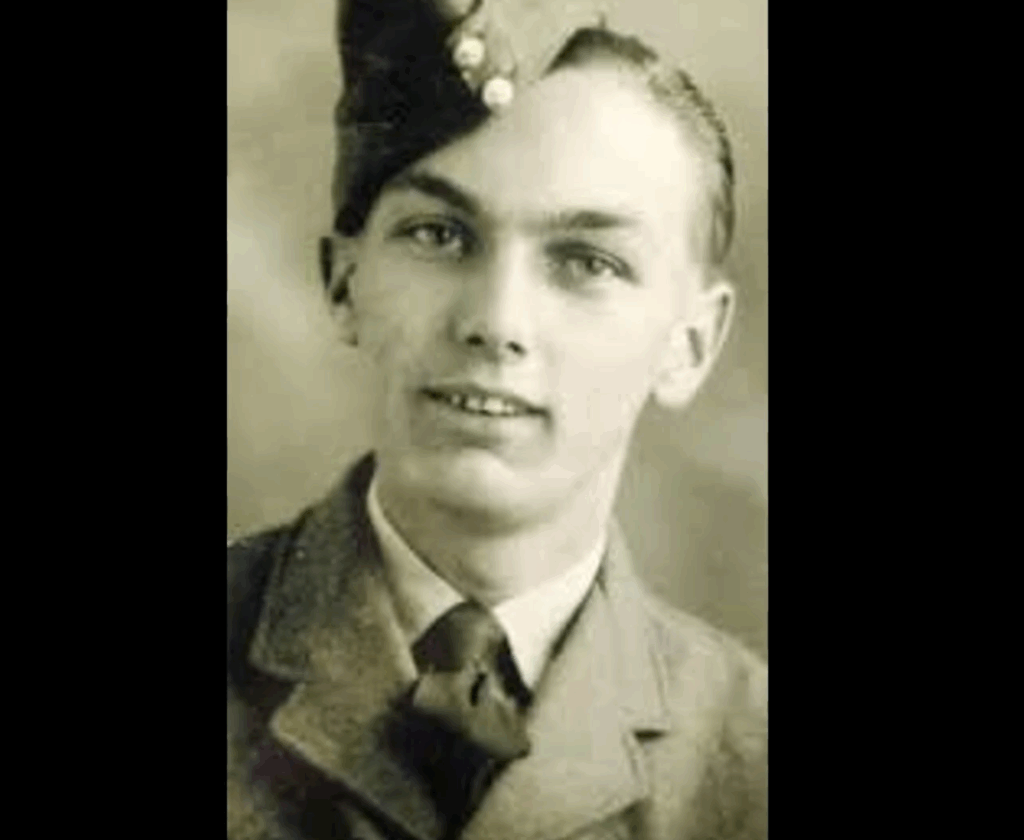
Breakthrough in the Hangar
One night, Jack had a breakthrough. By rearranging the feed system and improving the cooling vents, he could double the rate of fire without risking overheating. He tested the modification in a war-weary Corsair. The gun roared beneath the wing, firing precise bursts that tore through the sky. Jack realized in that moment he had created a weapon capable of incredible destruction if wielded with skill. Word of his modification spread quickly, turning skepticism into curiosity and then admiration among fellow pilots.
The gun demanded precision. Any mistake could be fatal, but Jack thrived under pressure. On a humid morning over the Solomon Islands, he took off for his first combat mission. Enemy planes appeared on the horizon, unaware of the threat. The gun fired in controlled bursts, sending multiple aircraft spiraling into the ocean within a minute. The psychological impact was immediate. Japanese pilots began to fear the skies themselves, knowing a single Marine could strike with deadly efficiency.
The Weapon Becomes Legend
Jack’s meticulous maintenance was as important as his combat skill. Every barrel, spring, and feed mechanism had to be flawless. Mechanics whispered about his obsessive care, dubbing him the “machine whisperer.” He ignored letters from home, focusing entirely on perfecting his weapon. By late 1944, Jack’s modified gun had changed the dynamics of aerial warfare in the Pacific. Reports and rumors spoke of the Marine whose weapon could fire 20 rounds per minute with devastating accuracy.
The Japanese adapted, using decoys and night patrols, but Jack responded with unpredictable maneuvers. He mixed dives, retreats, and strafing runs, keeping enemy pilots off balance. Night sorties became his specialty. Using the gun’s rapid-fire capabilities, he lit up the sky with tracer rounds, often causing enemy planes to crash in panic. Each mission reinforced his reputation and demonstrated that his skill and obsession had turned a simple modification into a psychological and tactical weapon.

A Marine and His Machine
By 1945, Jack faced coordinated attacks from experienced enemy squadrons. Kamikaze tactics and veteran pilots tried to anticipate his movements, but Jack’s instincts and mastery of his gun allowed him to dodge and destroy targets with unmatched precision. The sky became a chessboard, and Jack moved with calculated grace. Enemy formations hesitated, faltered, and sometimes abandoned missions entirely.
Even in moments of quiet, Jack’s mind remained with the gun. He cleaned, calibrated, and perfected every part. Each burst in combat was both a test of skill and a tribute to fallen comrades. By mid-1945, his Corsair and modified gun had become legendary. Pilots spoke in hushed tones of the Marine who could obliterate squadrons, whose precision and obsession blurred the line between man and machine. Jack himself faded from the spotlight, quietly mentoring new pilots, but his weapon’s legacy endured, leaving fear in the hearts of those who flew against him.













